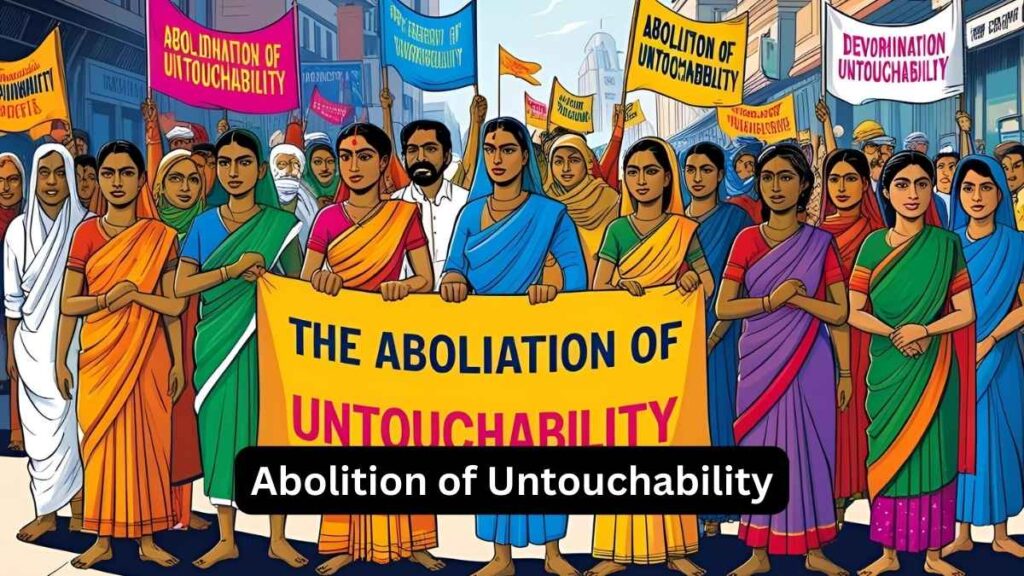Font size:
Print
Women and TB in India
Context:
Akshata Acharya, an MDR-TB survivor from Maharashtra, shares her experience of battling tuberculosis (TB) from 2021 to 2023, amid the COVID-19 pandemic.
More on News
- The major hurdles she faced included skin discolouration, physical weakness, and the mental toll of TB, compounded by negative societal reactions. Despite being an actor, writer, and director, TB took away two years of her life.
- Discriminatory comments and the suggestion to hide her illness opened her eyes to the deep stigma and disparities surrounding TB.
- She highlighted how TB can be particularly isolating for women, sharing the story of a woman who lost her job and family after being diagnosed.
Gender Disparities in TB Care
- The India TB Report 2023 indicates that men are more affected by TB, mainly due to occupational exposure (mining, construction) and lifestyle factors like smoking and drug use.
- However, women face under-diagnosis and financial barriers that impede their access to treatment.
- Gender-based issues, including social stigma, lack of health-seeking behaviour, and poverty, significantly affect women’s ability to access TB care.
- A paper titled ‘Women and tuberculosis care in India: a scoping review’ highlighted the persistent gender disparities in TB care despite government efforts.
- The draft national strategic plan for TB (2017-2025) estimates that 3 million women are affected by TB each year, and TB is among the top 5 causes of death for adult women globally.
Barriers to TB Care for Women
- Stigma and discrimination: Women diagnosed with TB are often reluctant to disclose their condition due to fears of social rejection and loss of income. If a woman loses her partner to TB, she is often left alone, and the fear of transmitting the disease to children adds to her isolation and anxiety.
- Lack of health-seeking behaviour: The pressure of household responsibilities and lack of social support make it harder for women to complete their treatment.
- Financial constraints: Poverty makes it harder for women to access diagnosis and treatment.
India’s TB Statistics and Efforts for Elimination
- India aims to eliminate TB by 2025, five years ahead of the global target of 2030.
- In 2022, India reported 331,000 deaths due to TB, which represents 23 deaths per 100,000 population.
- India accounts for 27% of the world’s TB cases and has a significant number of Drug-Resistant TB (DR-TB) cases: 2.5% of new cases and 13% of previously treated cases.
- An estimated 2% of TB patients are also HIV positive.
- The National TB Elimination Program (NTEP), renamed in 2020, aims to eliminate TB by 2025, ahead of the global target of 2030.
Government Initiatives and Support
- Nikshay Poshan Yojana: Direct benefit transfer of ₹1,000 monthly to TB patients for the entire treatment duration.
- Pradhan Mantri TB Mukt Bharat Abhiyan: A community-based initiative to provide nutritional support to TB patients, with contributions from various organisations and individuals.
- The government focuses on early detection, effective treatment, and prevention through various initiatives, including technical support to States/UTs, private sector engagement, and community mobilisation.
Challenges in Implementation
- The government faces challenges in ensuring the effective delivery of benefit schemes and nutritional support to the poorest.
- Grassroots public health specialists emphasise the multi-layered issues women face in accessing TB care, including abandonment, untreated symptoms, and the tendency to stop treatment prematurely once symptoms improve.
- Additionally, the lack of social acceptance of women with TB and fears of transmitting the disease to children exacerbate their struggles.
Way Forward
- To effectively combat TB among women, a multi-faceted approach is needed. This includes raising awareness, reducing stigma, and ensuring equitable access to healthcare services.
- Community engagement and the integration of lived experiences into healthcare responses can play a pivotal role in designing effective treatment and support programs.
Drug-Resistant Tuberculosis (DR-TB)
- A form of tuberculosis (TB) is caused by bacteria that are resistant to the most effective anti-TB drugs.
- This resistance can occur due to improper use of antibiotics or when patients do not complete their full course of treatment.
- DR-TB is more challenging and costly to treat compared to drug-susceptible TB.
- There are different types of DR-TB, including:
-
- Multidrug-Resistant TB (MDR-TB): Resistant to at least isoniazid and rifampin, the two most potent TB drugs.
- Pre-Extensively Drug-Resistant TB (pre-XDR-TB): A form of MDR-TB that is also resistant to a fluoroquinolone and one of the second-line injectable drugs.
- Extensively Drug-Resistant TB (XDR-TB): A rare form of MDR-TB that is resistant to isoniazid, rifampin, fluoroquinolones, and at least one second-line injectable drug.


